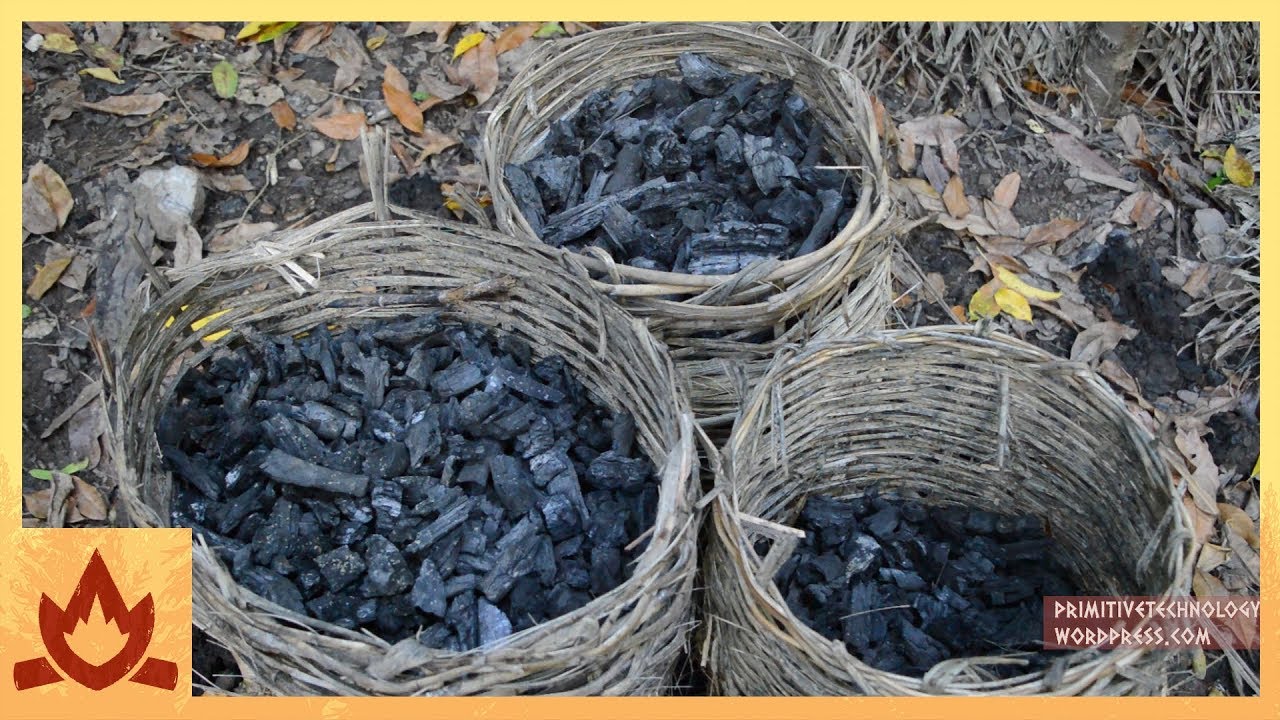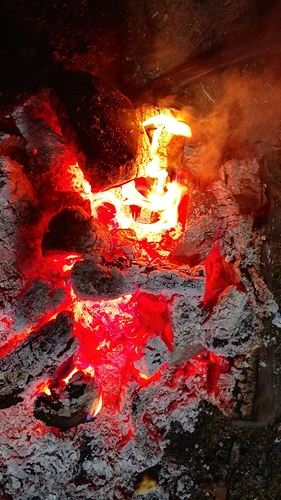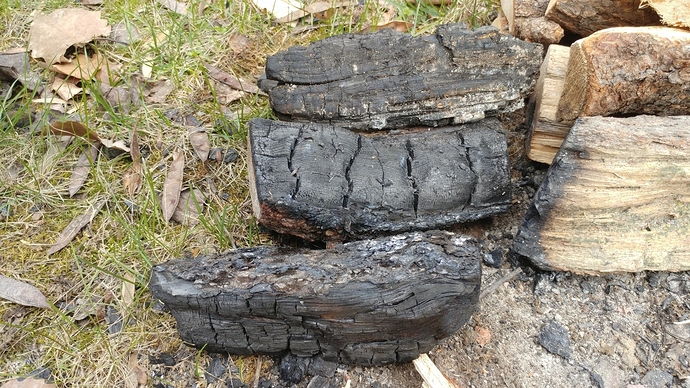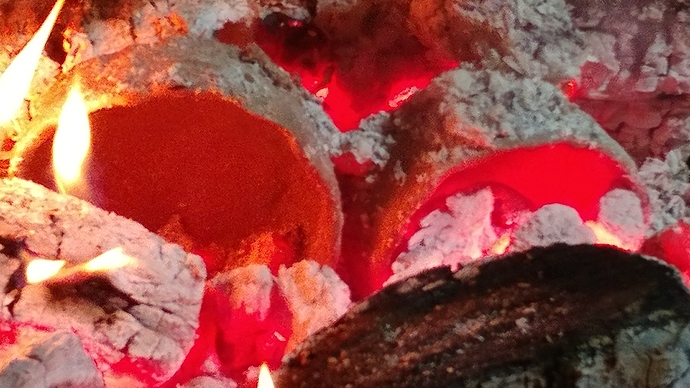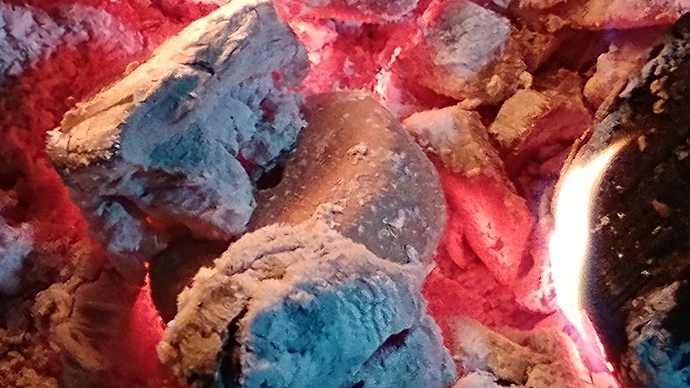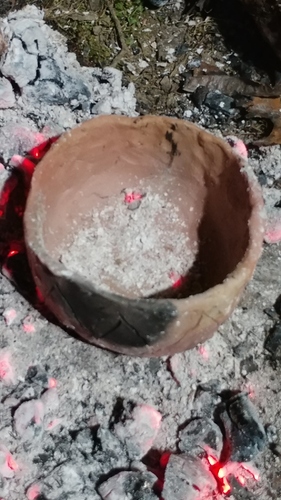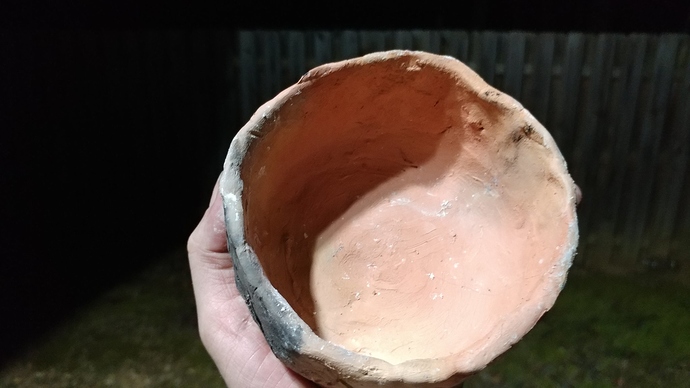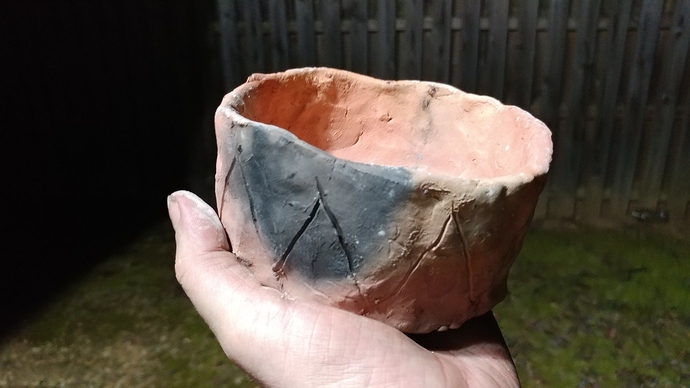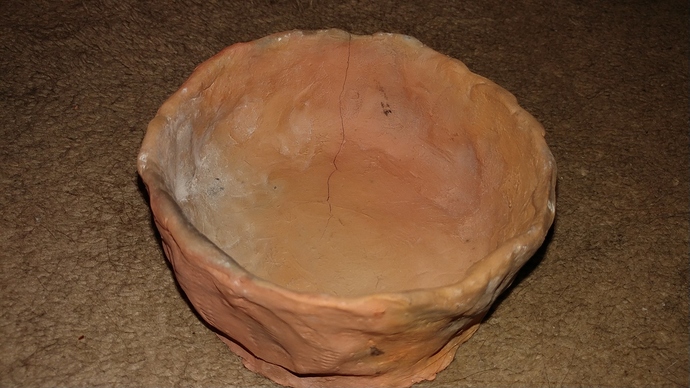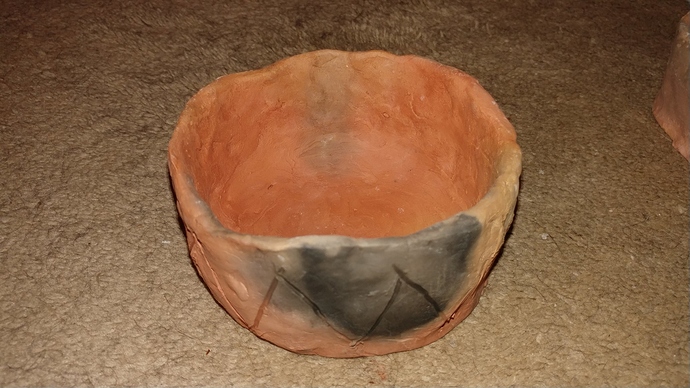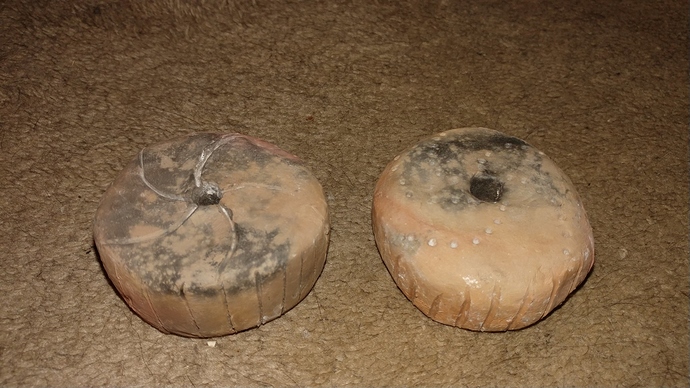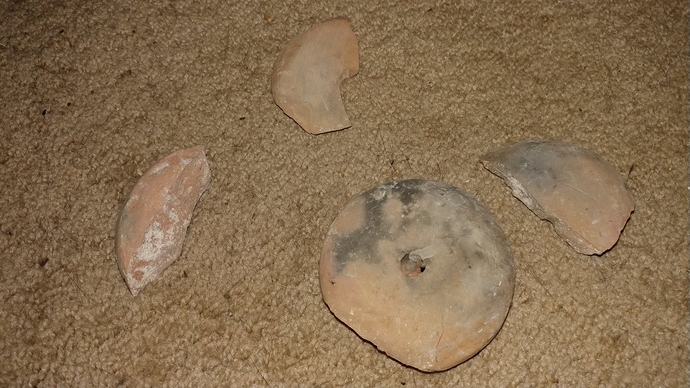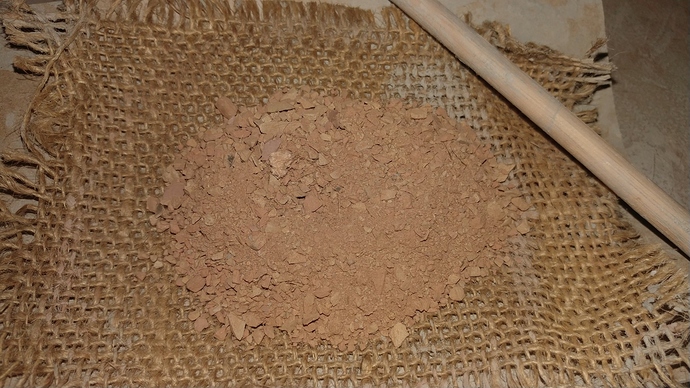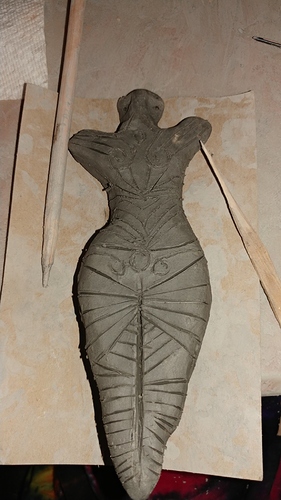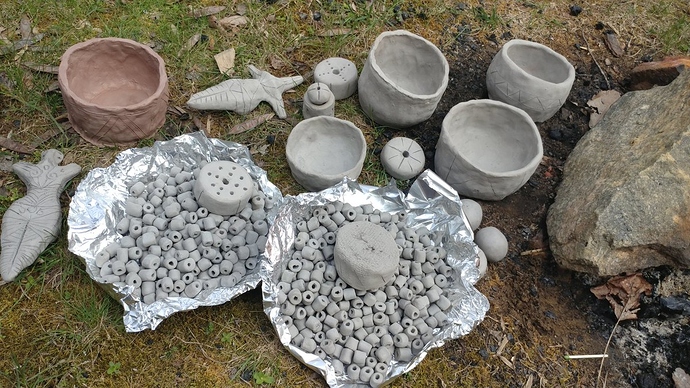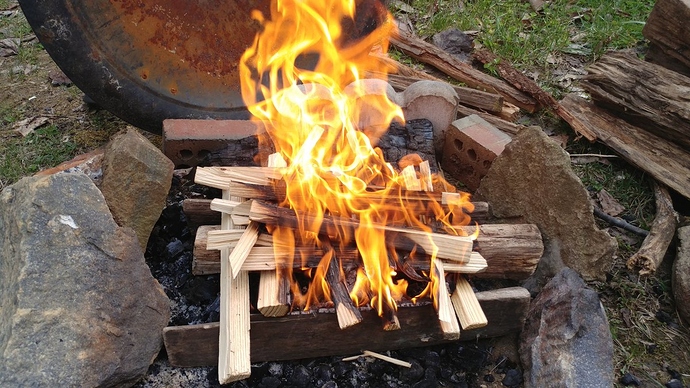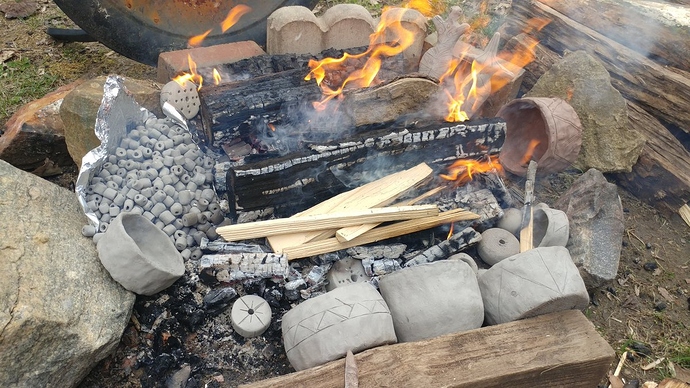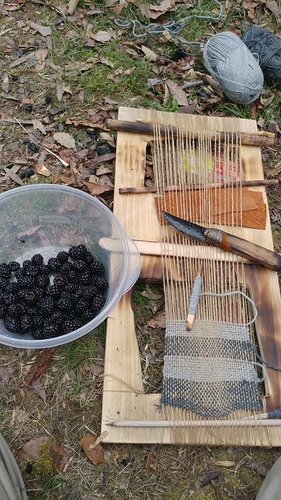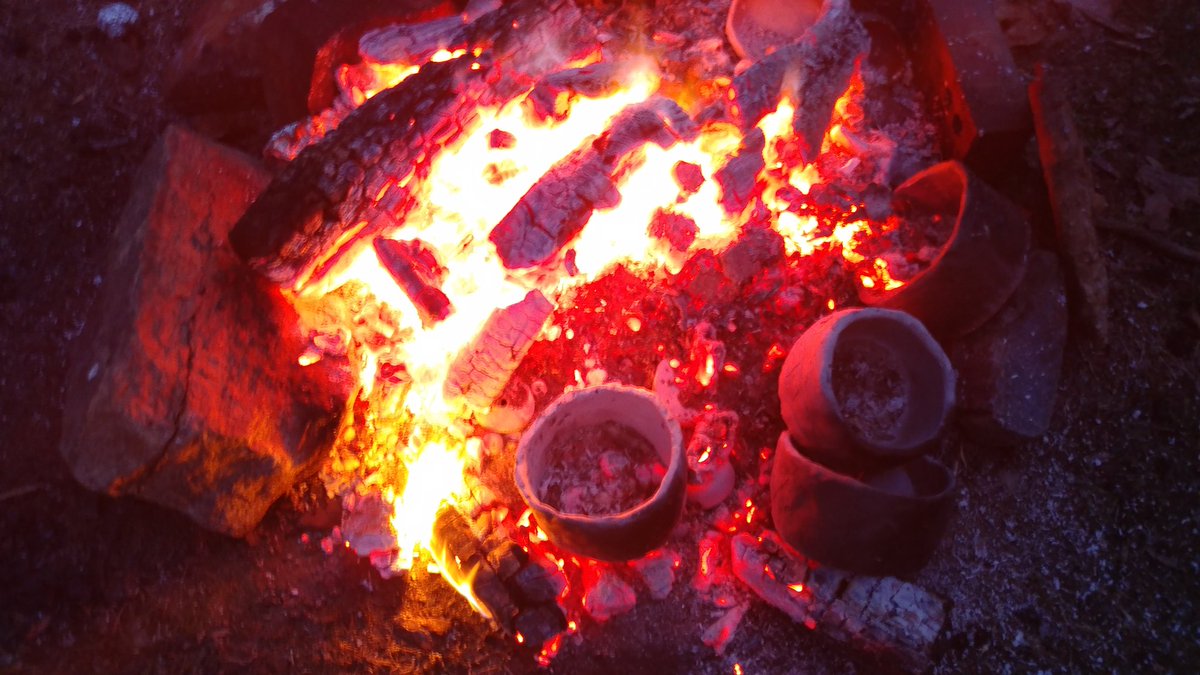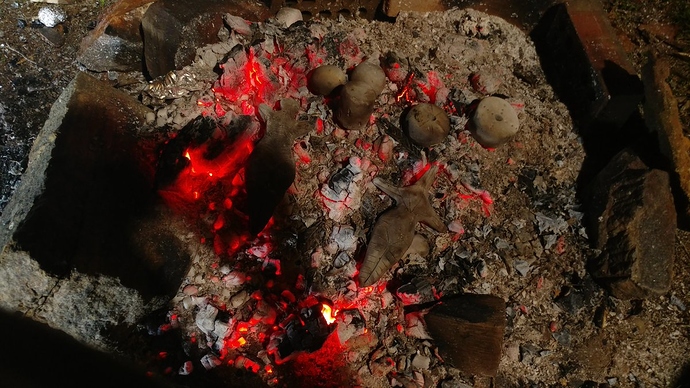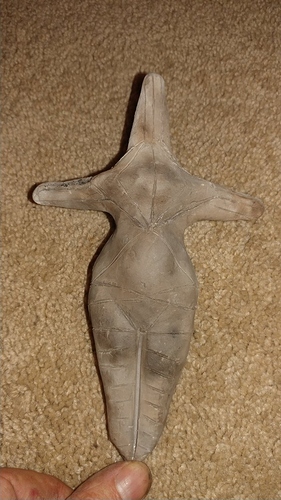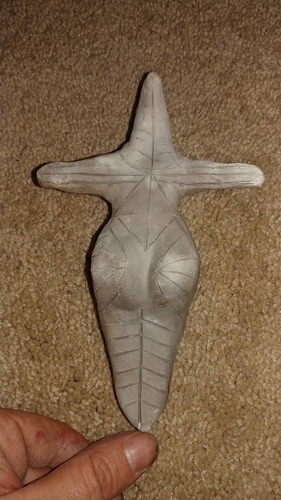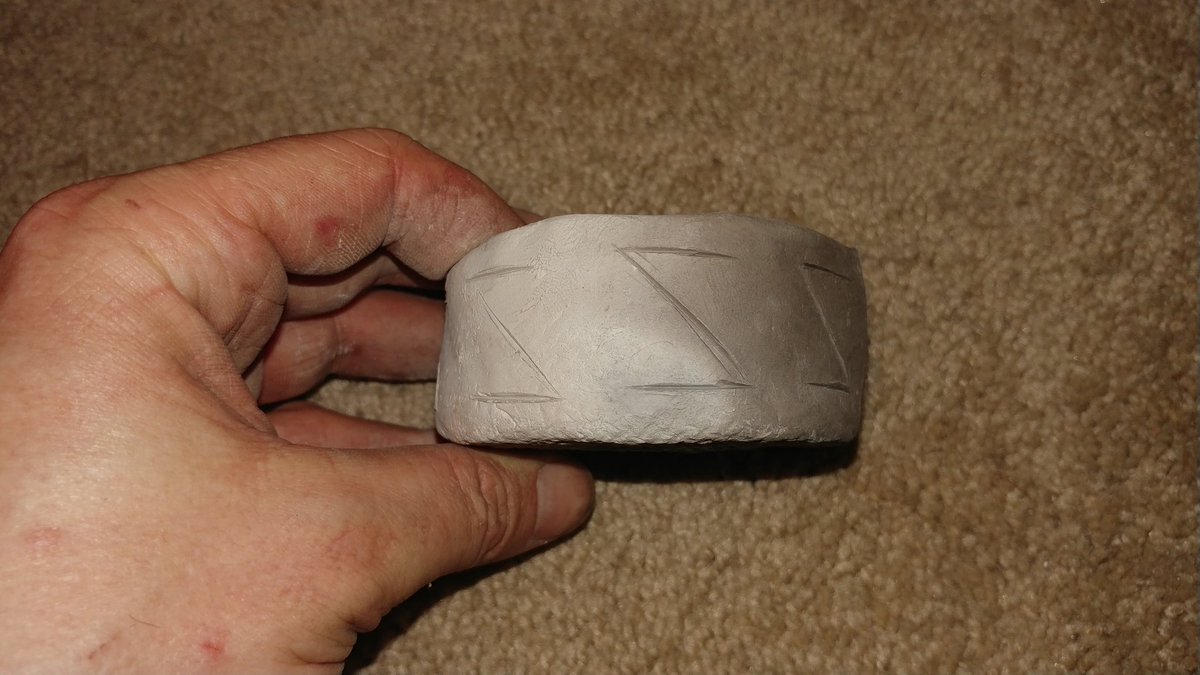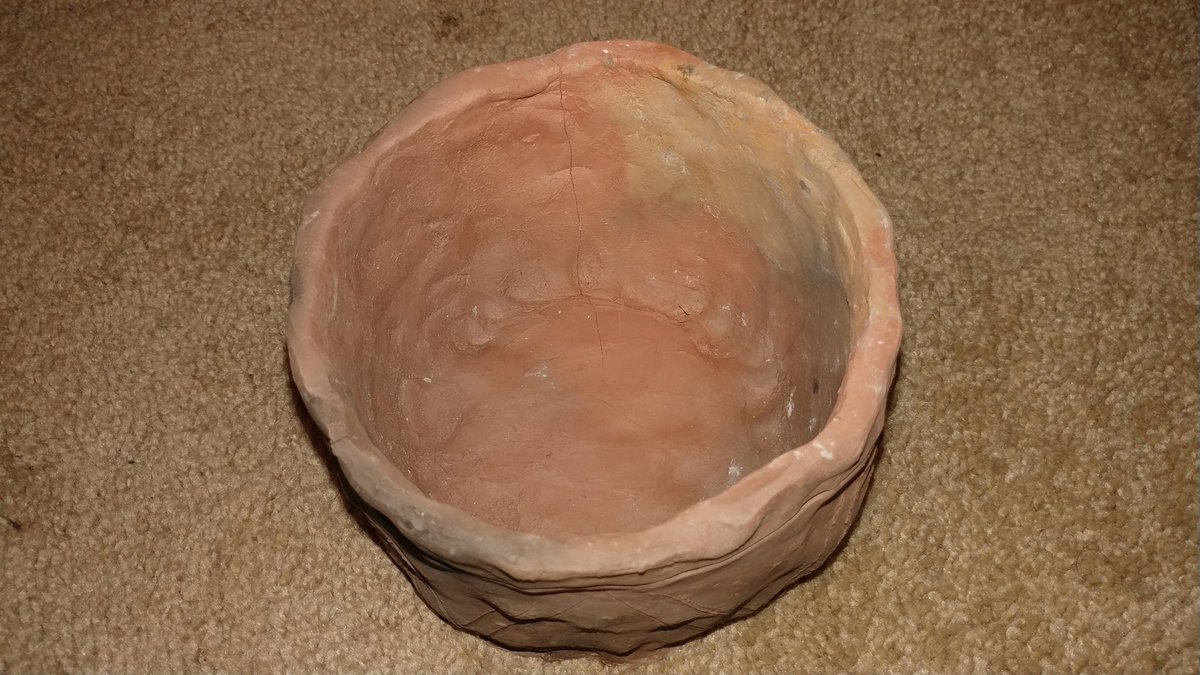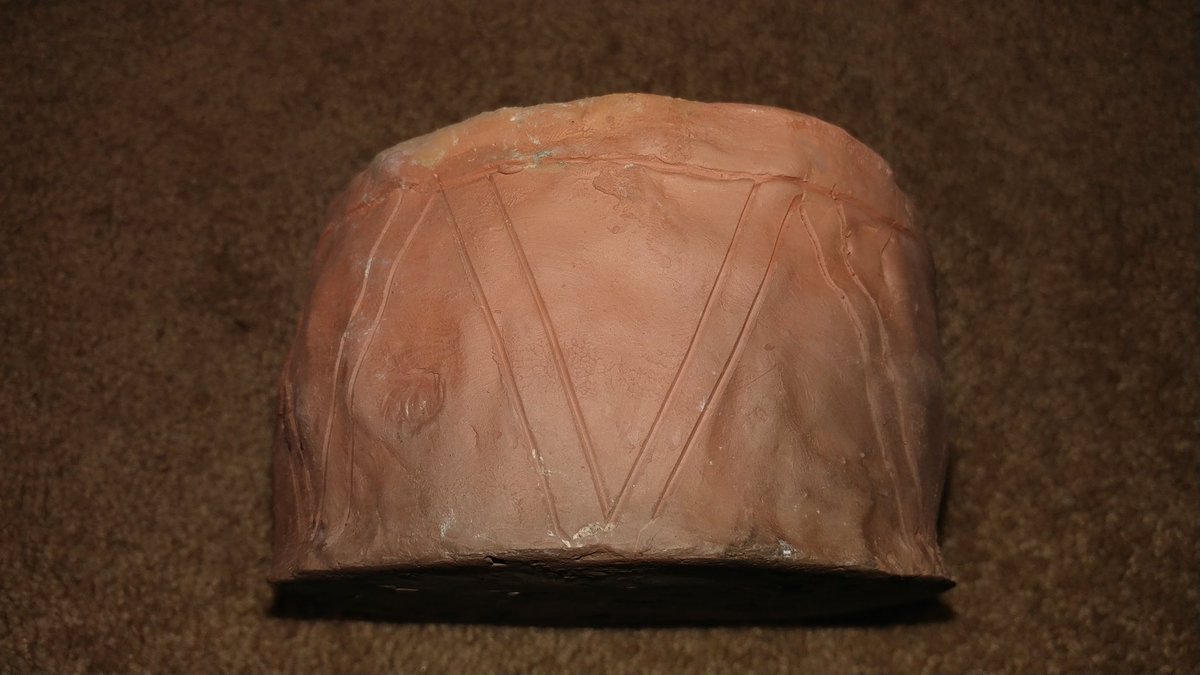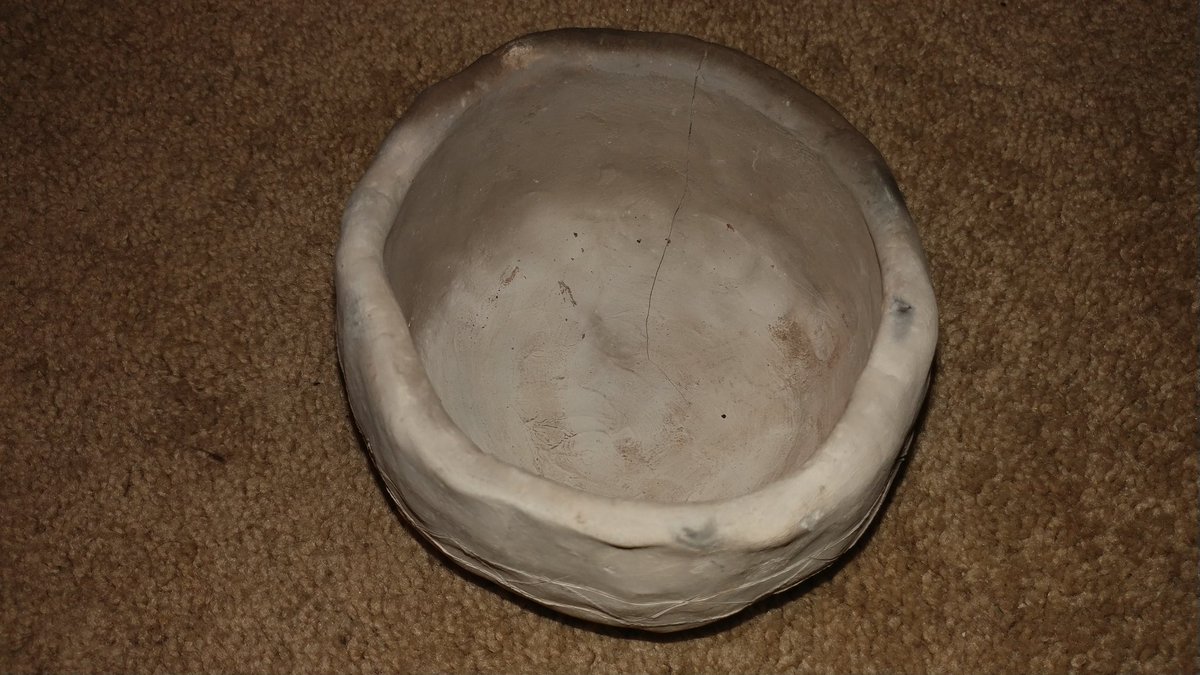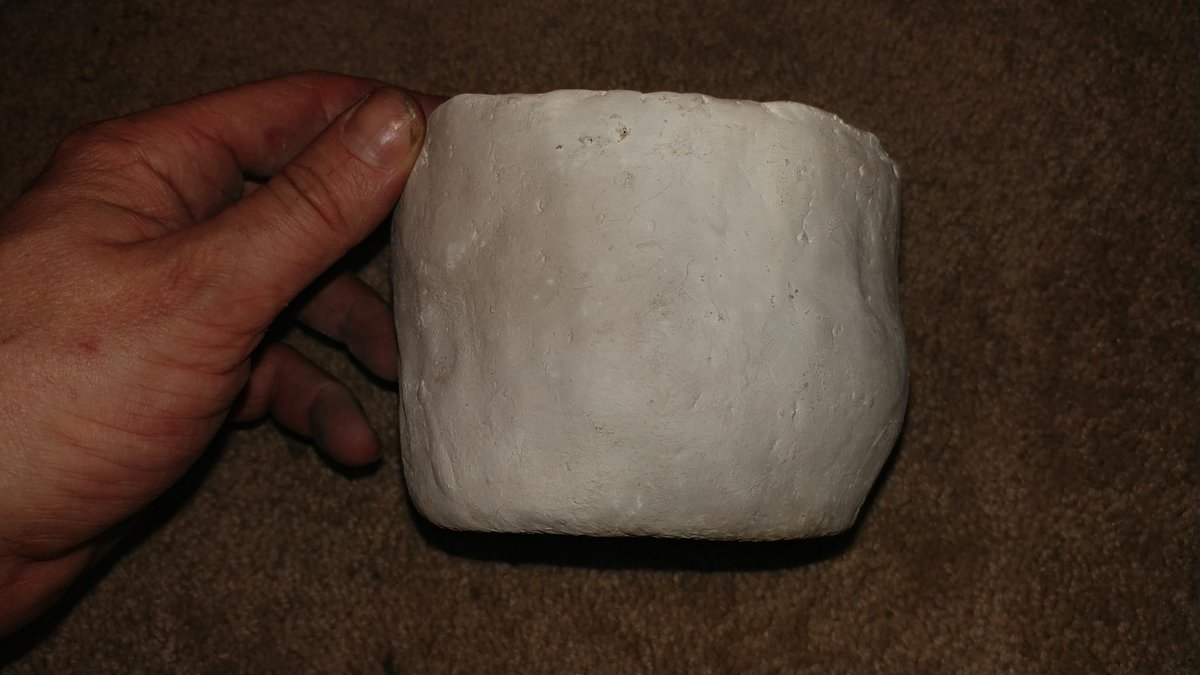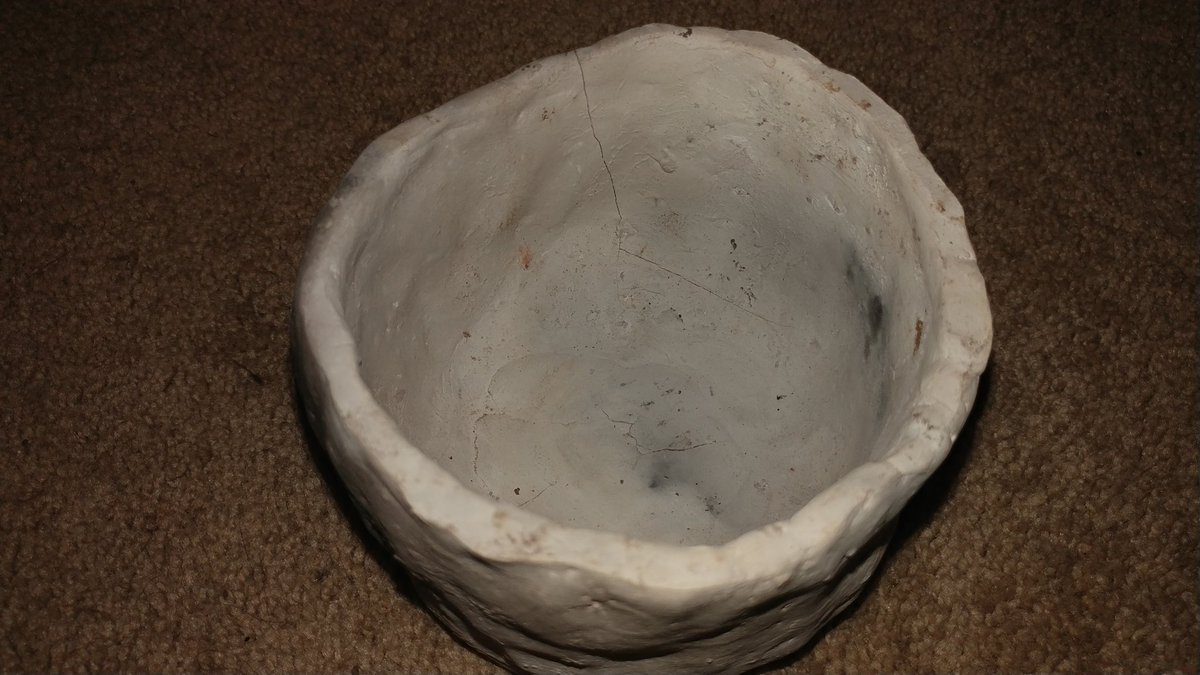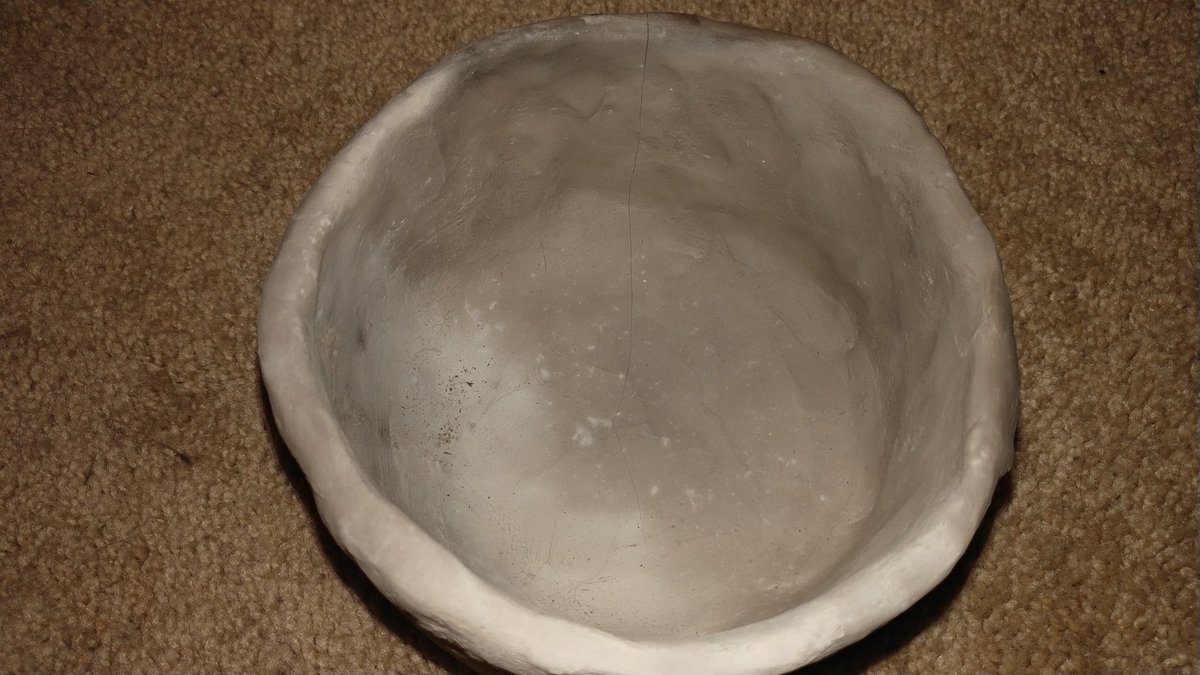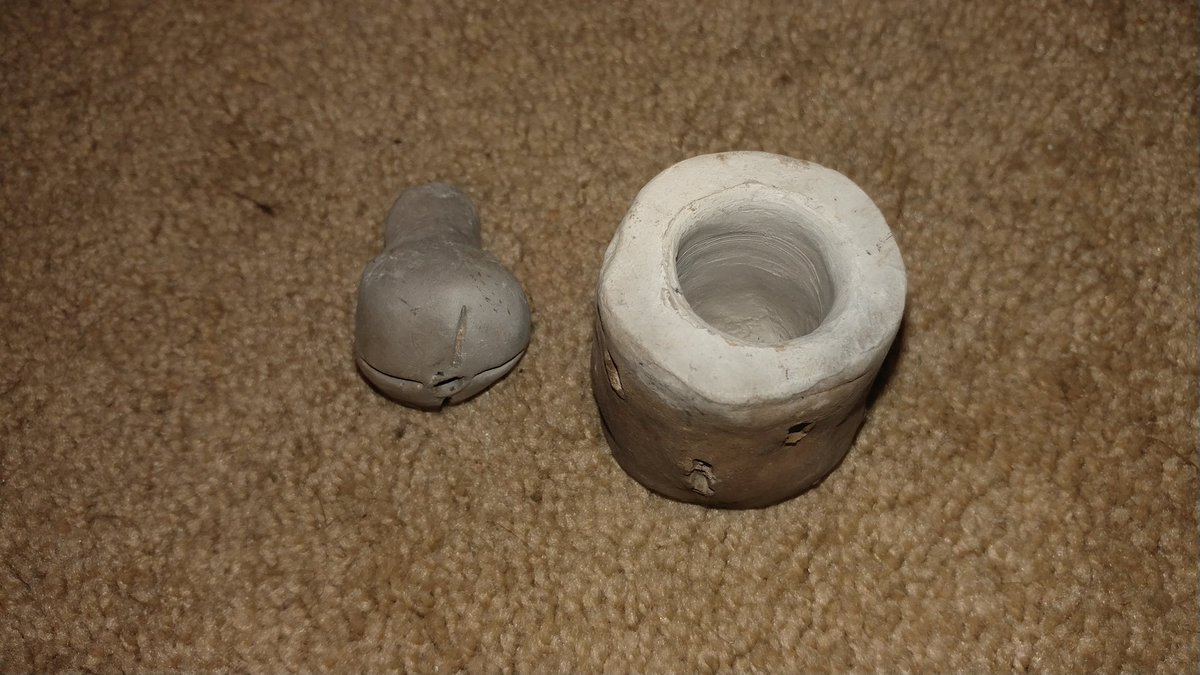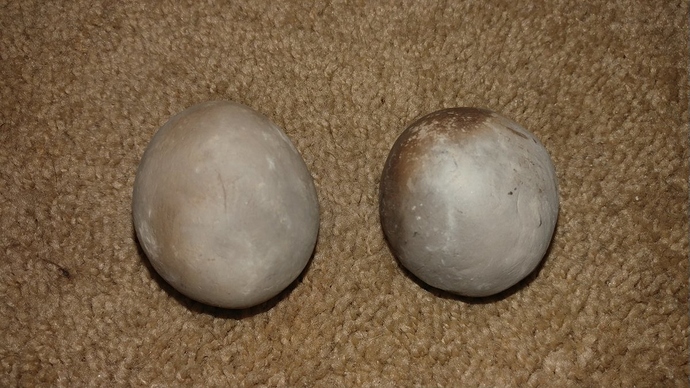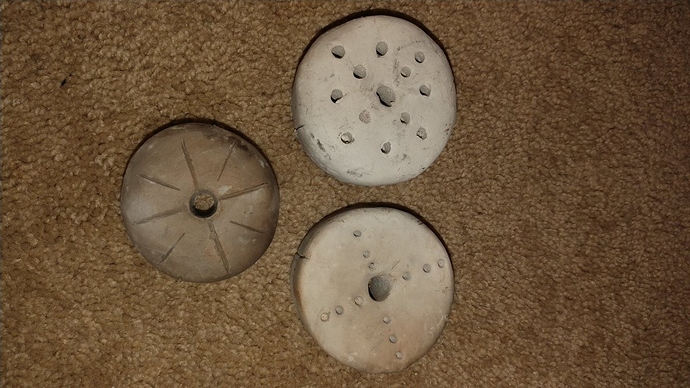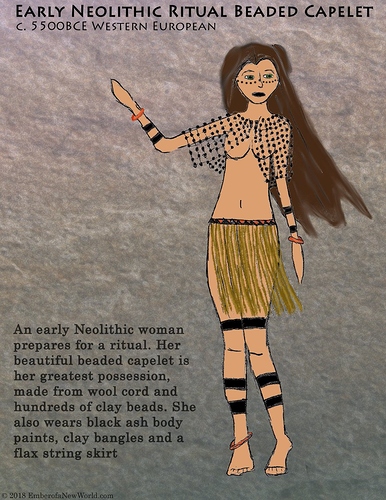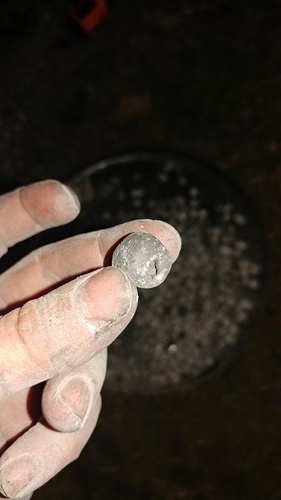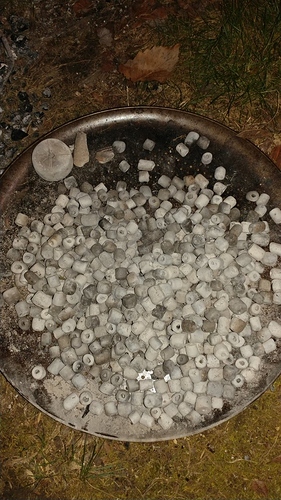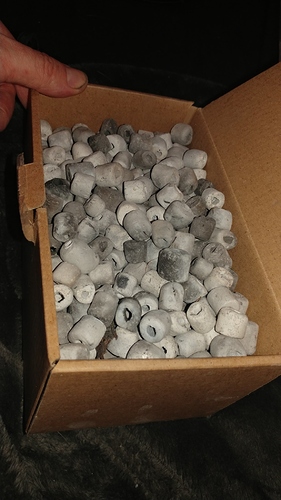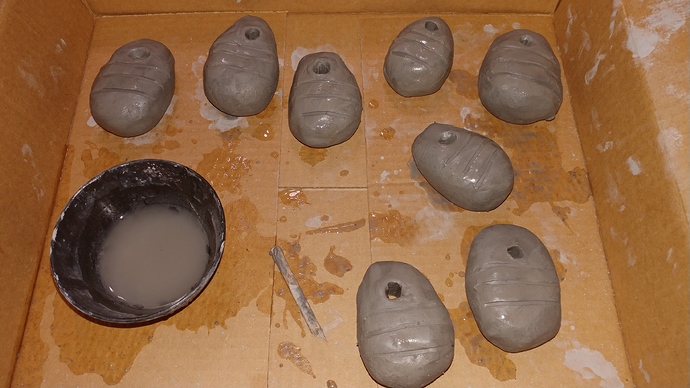Pottery Firing Attempt 3
I set out all of the various pots and beads in preparation for firing. They had undergone many high temperature drying sessions and my oven to simulate being dried around the family hearth.
I started the fire small, and it quickly burned up fast.
Only once the fire was sufficiently hot did I begin stacking pottery.
All of the pottery had to be placed close enough to the fire that its temperature would slowly heat until it was ready to be introduced directly to the flame.
I used my portable hand loom to pass the time weaving linen and wool.
When the fire was hot enough in the pottery had surpassed 800° F, I carefully pushed it into the actual flame.
When the fire had ended many of the objects had successfully fired without breaking. I was quite pleased! the entire operation took about six hours and around 3/64 a cord of wood.
A Cucuteni-Trypillia (Romanian) culture figure from ~4000 BCE!
Cucuteni-Trypillia (Romanian) culture figure from ~5000 BCE!
White 06 cone clay. Fired well and came out intact!
Red 06 cone, Earthen clay. Fired well but a large crack formed due to thermal expansion.
White 06 cone clay. Fired well but a large crack formed due to thermal expansion.
White 06 cone clay. Fired well but a large crack formed due to thermal expansion.
White 06 cone clay. Fired well but a large crack formed due to thermal expansion.
White 06 cone clay. Fired well and came out intact!!!
Small pigment container with cap. White cone 06 clay. Fired well, came out intact!
White cone 06 clay. These little balls are meant to be heeded by the fire and then dropped into clay pots full of water to cause them to heat. This is less risky than heeding the pot by the fire directly. Such balls were found at Catalhoyuk.
White cone 06 clay. Three spindle whirls used in spinning string!
This is the beaded capelet I intend to make using clay beads. I was very pleased to find that all 560 beads survived the firing!
You can see that they are a bit dusty, but I will polish each one before applying it to the handspun threads of the capelet.
I had to pick each and every one of them out of the fire which took quite some time.
The box full of beads weighs about 4 pounds.

